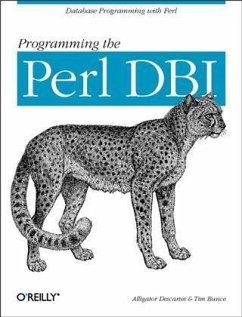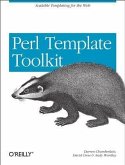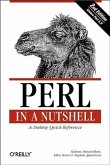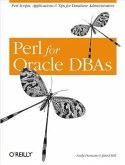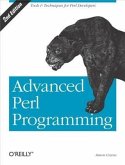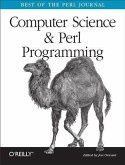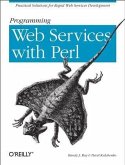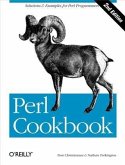One of the greatest strengths of the Perl programming language is its ability to manipulate large amounts of data. Database programming is therefore a natural fit for Perl, not only for business applications but also for CGI-based web and intranet applications.The primary interface for database programming in Perl is DBI. DBI is a database-independent package that provides a consistent set of routines regardless of what database product you use--Oracle, Sybase, Ingres, Informix, you name it. The design of DBI is to separate the actual database drivers (DBDs) from the programmer's API, so any DBI program can work with any database, or even with multiple databases by different vendors simultaneously.Programming the Perl DBI is coauthored by Alligator Descartes, one of the most active members of the DBI community, and by Tim Bunce, the inventor of DBI. For the uninitiated, the book explains the architecture of DBI and shows you how to write DBI-based programs. For the experienced DBI dabbler, this book reveals DBI's nuances and the peculiarities of each individual DBD.The book includes:An introduction to DBI and its designHow to construct queries and bind parametersWorking with database, driver, and statement handlesDebugging techniquesCoverage of each existing DBDA complete reference to DBIThis is the definitive book for database programming in Perl.
Dieser Download kann aus rechtlichen Gründen nur mit Rechnungsadresse in A, B, BG, CY, CZ, D, DK, EW, E, FIN, F, GR, HR, H, IRL, I, LT, L, LR, M, NL, PL, P, R, S, SLO, SK ausgeliefert werden.

